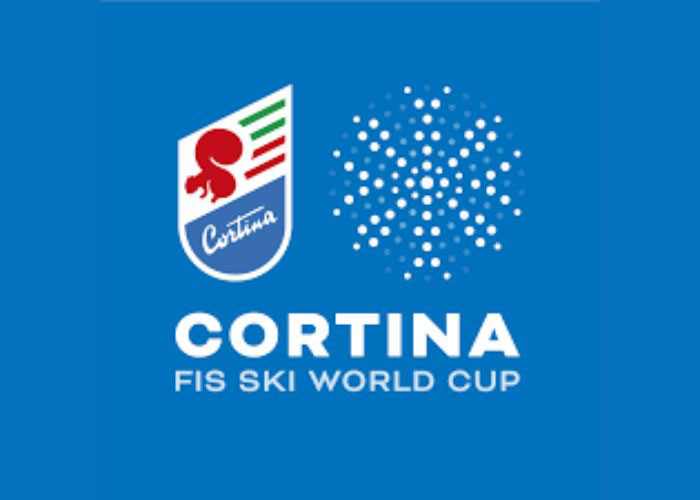Dr. Leslie Vidal, orthopedic shoulder, hip, knee and sports medicine specialist, will be traveling with the US Women’s Alpine Ski Team to Cortina, Italy as their team physician
What is the Cortina Ski World Cup?
(From the Cortina website:) The history of skiing in Cortina d’Ampezzo spans three centuries; it begins at the end of the nineteenth century, goes through the whole of the twentieth century, and experiences very engaging moments in the 2000s.
It all started with the first race in 1901, followed in the decades by events of great national and international importance up to the 1941 World Championships – then downgraded due to the war – and above all to the VII Winter Olympic Games in 1956.
Two years earlier, in 1954, the Cortina Ski club had organized a downhill race called “Coppa Ilio Colli” (in memory of one of its young athletes who died prematurely the year before), a race that over the years has seen prominent names of the white circus like the French René Collet, the Austrian legend Toni Sailer, twice the local idol Bruno Alberti, and then Aldo Zulian, the French Gaston Perrot and the Austrian Karl Schranz, Gaetano Coppi and, again, the Austrian Arald Rofner. In the mid-1960s the downhill was replaced by slalom.
In 1969 the stage of Cortina d’Ampezzo became part of the World Cup circuit: and the first to write his name on the wall of fame was the Swiss Jos Minsch.
In 1974 came the Women’s World Cup, with downhill, slalom and combined. The events followed every year until 1984, alternating between men and women. Then again in 1990, with the replacement of two men’s downhill races: where the home athlete Kristian Ghedina, triumphed for the first time in a World Cup race – first of his thirteen victories.
That success led the organizers to resume a thread that was interrupted and since 1993 the Women’s World Cup has been held continuously: 86 races (36 downhill, 33 super g, 15 giant slalom, 1 slalom and 1 combined). In 1993, between assigned races and replacements, racers competed on the track six times in eight days. Four consecutive races were held in 1994, 1998, 1999, 2003, 2004, 2005 and 2014.
The great technical skills demonstrated over the years, together with the great appreciation for Cortina shown by athletes and professionals, represented the basis for the assignment of the 2021 World Championships.
In 2020 Cortina d’Ampezzo was ready to host the World Cup Finals, but the pandemic breakout blocked and canceled the event.
The winter sport events circuit managed finally to restart in 2021 and in february Cortina d’Ampezzo brilliantly pulled off the most important international event held during the Covid-19 pandemic, the Cortina 2021 Alpine Ski World Championships: 14 days, 13 world titles, 68 nations, 419 athletes, 700 volunteers, 550 media.
Now Cortina looks to the future, to the next stages of the Women’s Alpine Skiing World Cup and to the Milano Cortina 2026 Winter Olympic Games.
What are Dr. Vidal’s duties as the US Women’s Alpine Ski Team’s Physician?
- Injury assessment
- Treatment
- Rehabilitation
- Injury prevention
- Mental health
- Nutrition
- Pre-participation orthopedic and sports medicine exams
- Athlete care
Skiers are prone to overuse injuries like low back pain and tendinitis, as well as traumatic injuries from crashes. Dr. Vidal will be on hand to evaluate any and all injuries.
You can find out more about the Cortina Audi FIS Ski World Cup HERE
